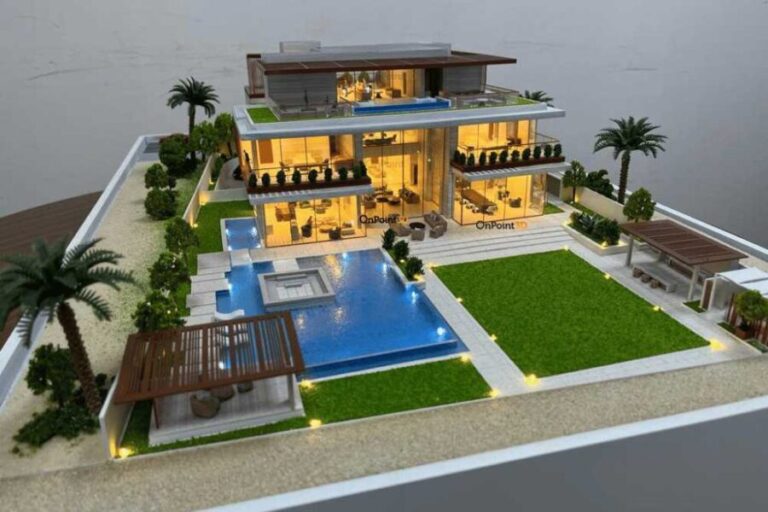
Designing an architectural model is a key step in altering conceptual ideas into tangible structures. These models act as visual representations that architects, developers, and investors use to evaluate, refine, and communicate their design concepts effectively. Model making companies in UAE play a vital role in this process, employing specialized skills and techniques to bring these visions to life with precision and detail.
Conceptualization and sketching:
The process begins with conceptualization and sketching. Architects start by brainstorming ideas and translating them into initial sketches. These sketches capture the core of the design, including spatial relationships, proportions, and key features. At this stage, creativity flourishes as architects explore different possibilities and refine their concepts.
Digital modeling and refinement:
Once initial sketches are finalized, architects often transition to digital modeling using CAD (Computer-Aided Design) software. This step allows for precise scaling, measurements, and detailing. Architects can visualize the design from different angles and adjust elements such as materials, textures, and lighting. Digital modeling facilitates collaboration with clients and stakeholders, as it provides a realistic preview of the proposed structure.
Scale modeling and prototyping:
After digital refinement, the next step is to create a scaled physical model. Architects use the digital model as a reference to construct the physical representation of their design. Scale models are typically built using a combination of materials such as foam board, balsa wood and acrylic sheets. Each component is carefully measured, cut, and assembled to accurately reflect the architectural details and spatial relationships envisioned in the design.
Detailing and finishing touches:
Detailing plays a vital role in changing a basic model into a realistic representation. Architects meticulously add textures, colors, and fine details using techniques such as painting, weathering, and applying decals. This stage requires attention to detail and craftsmanship to ensure that the model accurately reflects the intended aesthetic and functionality of the architectural design.
Presentation and feedback:
Once the architectural model is complete, architects prepare it for presentation to clients, stakeholders, or for academic purposes. The model works as a powerful tool for conveying the design vision, illustrating spatial relationships, and highlighting key features. Feedback obtained from presentations allows architects to refine their designs further and address any concerns or suggestions raised by viewers.

